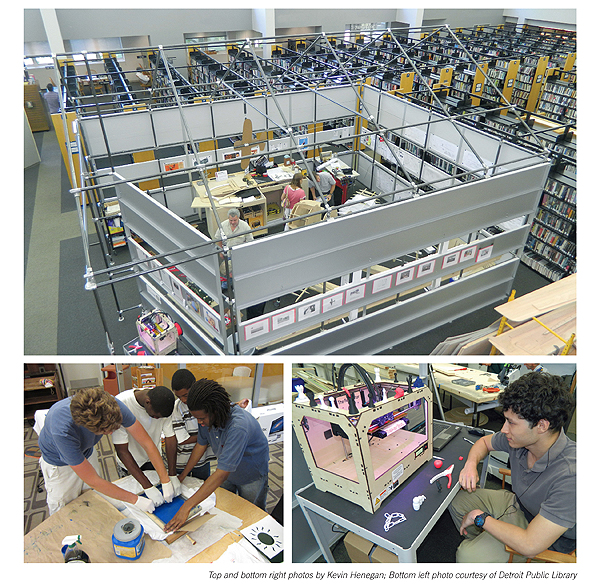In a Revolution, Things Get Flipped
This post first appeared at Ronkowitz LLC
The flipped classroom has been used in different ways for the past decade in education. More recently, the idea of flipping professional development has been experimented with at schools and in corporate training. In both cases, the idea is to rethink what we want to spend our time with in face-to-face sessions and how can we move learning before and after those sessions to be more self-directed.
I am doing a presentation this week at the 2015 Annual Member Conference hosted by the Connecticut Education Network (CEN) on flipped learning. This event draws participants from educators (K-12 and higher ed), municipalities, libraries, local businesses and State of Connecticut agencies. I asked for my session to be paired with another session by Edward Iglesias who is the Educational Administrator for Central Connecticut State University on Library Makerspaces and Community Organizations.
I want to not just talk about how flipped learning might work in any school setting, but also to have the participants try some flipped learning before and at the session. My flipped exercise is to ask those who will attend my session on "Flipping the Learning Model" to try a simple activity BEFORE the conference. By flipping this portion of the learning, we gain time in the session, and get to focus on the portion that I consider to be more critical to the face-to-face learning.
You take a chance in doing this - What if no one does the pre-activity? It's the same chance we take as teachers at all levels when we assign homework that will lead into a class session. As an English teacher for the past four decades, I have often had the experience of wanting to discuss an assigned reading and finding that only a portion of the class has done the reading (or purchased the book!). What do I do in that situation? Stop the lesson? Do the reading in class? Proceed with the discussion using those who did the reading? I have probably done all of those things at some time depending on the lesson and the grade level, but how can we increase the number of learners who complete the activities before attending the live sessions?
 For this particular "homework" the assignment concerns Smartphone Audio Enhancement.
For this particular "homework" the assignment concerns Smartphone Audio Enhancement.
The task I have set for attendees is to experiment with one or more ways to increase the volume and sound quality of a smartphone using simple materials and no electronics or additional power.
They are asked to bring at least one result of their DIY experimentation to the live session. I made a web page with samples but I am hoping that a few people will go deeper and experiment on their own with original designs.
In our face-to-face session, we will test samples with a decibel meter, and we will discuss how this simple exercise can be applied to classroom learning.
Those applications are deliberately not stated by me beforehand, though applying it to math and physics are obvious choices. But getting other areas to think about the applications of this pedagogy - if not this particular lesson - is more important.
Overall, I want attendees to see that flipped learning in a classroom or for professional development or personal growth is less about when and where we learn and more importantly about how we learn. We know students are learning in and out of the classroom. They are learning what we want them to learn and what they want to learn. They are using traditional educational tools and methods, and tools they have discovered on their own and in ways we never considered.
In a revolution, things get flipped or overturned. Don't back away. Join in!

 I read an
I read an 